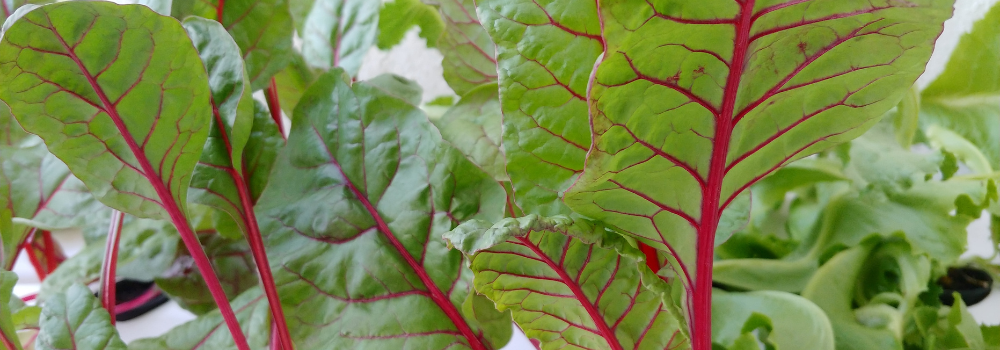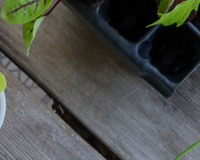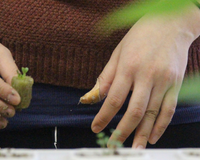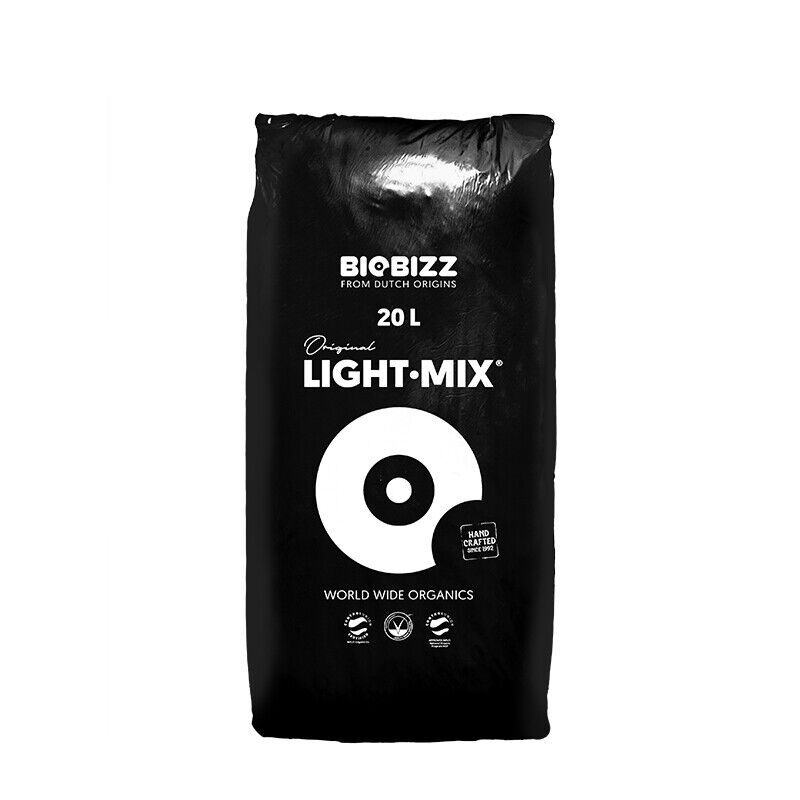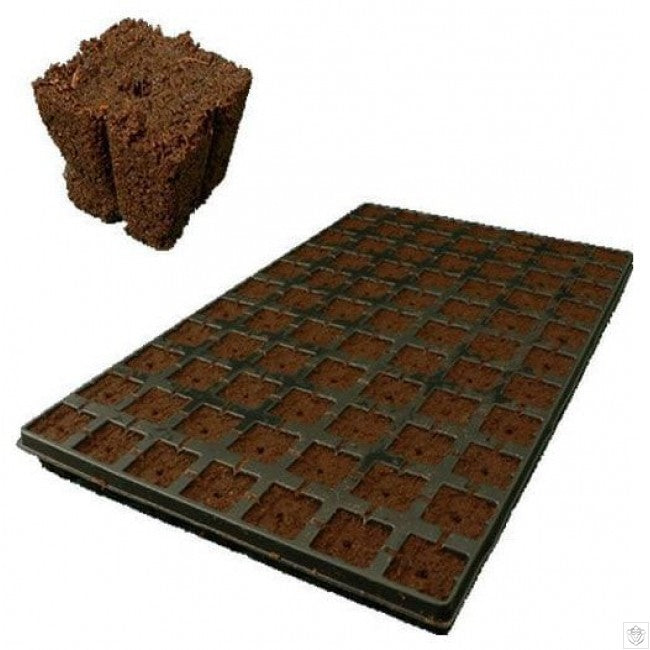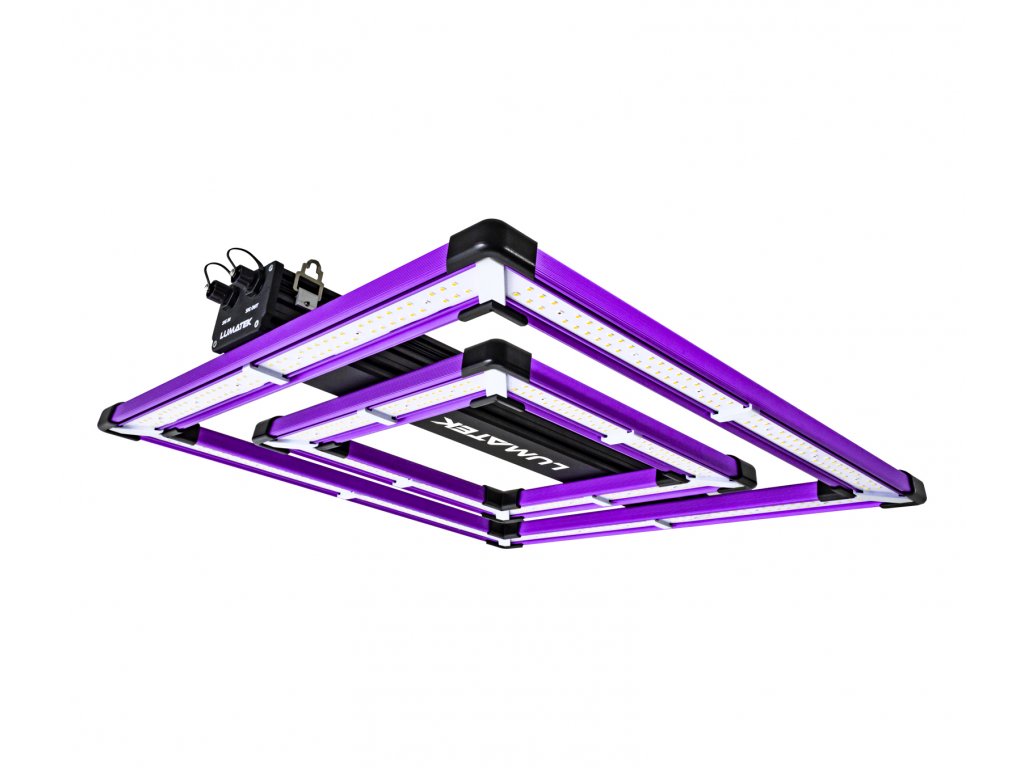As our world faces increasing environmental challenges, it has become more important than ever to embrace sustainable practices in every aspect of our lives, including gardening. Hydroponics, a soil-less cultivation method, offers a fantastic opportunity for indoor gardening enthusiasts to grow plants in a sustainable and eco-friendly manner. By adopting environmentally conscious practices, hydroponic gardeners can minimize their ecological footprint and contribute to a greener future. In this blog, we will explore some eco-friendly practices for sustainable indoor gardening with hydroponics.
1. Efficient Resource Management:
One of the key aspects of sustainable hydroponic gardening is efficient resource management. By optimizing the use of water, nutrients, and energy, you can reduce waste and conserve valuable resources. Consider the following practices:
-
Water Conservation: Implement a recirculating system that collects and filters the nutrient solution, minimizing water usage. Use water-saving techniques like drip irrigation or sub-irrigation systems to deliver water directly to plant roots, reducing evaporation and runoff.
-
Nutrient Management: Regularly monitor and adjust the nutrient levels in your hydroponic solution to prevent over-fertilization and nutrient waste. Utilize organic and slow-release nutrients whenever possible to minimize environmental impact.
-
Energy Efficiency: Choose energy-efficient LED grow lights, which consume less electricity and produce less heat compared to traditional lighting systems. Use timers or light sensors to provide the right amount of light for your plants, reducing energy consumption.
2. Sustainable Substrates:
-
Coconut Coir: Made from the fibrous husks of coconuts, coconut coir is an excellent sustainable substrate. It retains moisture, provides good aeration, and can be easily composted after use.
-
Rockwool: Although not a natural material, rockwool is recyclable and can be used multiple times. It provides excellent water retention and aeration, promoting healthy root growth.
-
Perlite or Vermiculite: These lightweight and porous materials are often used in hydroponics to enhance drainage and aeration. Both perlite and vermiculite are natural minerals that can be reused or composted.
3. Integrated Pest Management (IPM):
-
Biological Controls: Introduce beneficial insects like ladybugs or predatory mites to control pests naturally. These insects can effectively combat aphids, spider mites, and other common pests without the need for chemical interventions.
-
Companion Planting: Incorporate pest-repellent plants, such as marigolds, basil, or lavender, alongside your hydroponic crops. These companion plants can deter pests and attract beneficial insects.
-
Regular Monitoring: Inspect your plants regularly for signs of pest infestation or disease. Early detection allows for prompt action and reduces the need for harsh interventions.
-
Composting: Compost plant waste, such as pruned leaves or spent growing media, to create nutrient-rich compost for future use. This reduces the need for synthetic fertilizers and helps close the nutrient loop.
-
Responsible Disposal: Properly dispose of any waste, such as non-recyclable plastics or damaged equipment. Look for local recycling programs or consider repurposing items creatively.
5. Conclusion:
Sustainable indoor gardening with hydroponics offers an exciting opportunity to grow plants in an eco-friendly way while conserving resources and minimizing waste. By adopting efficient resource management techniques, using sustainable substrates, practicing integrated pest management, and implementing recycling and waste reduction strategies, hydroponic enthusiasts can play their part in creating a greener and more sustainable future. Embrace these eco-friendly practices and enjoy the rewards of a flourishing indoor garden that contributes positively to the environment.

